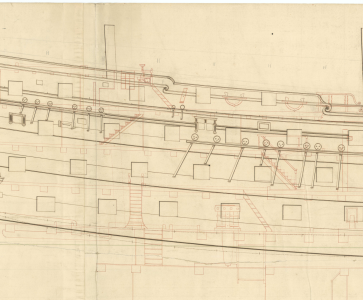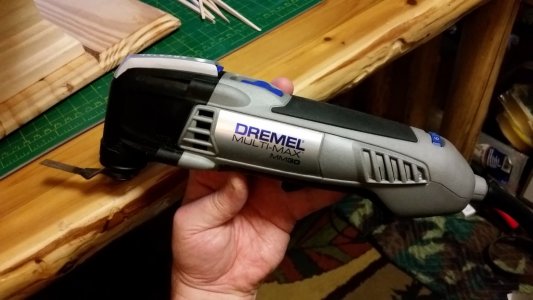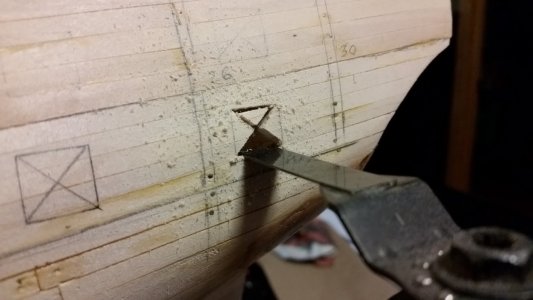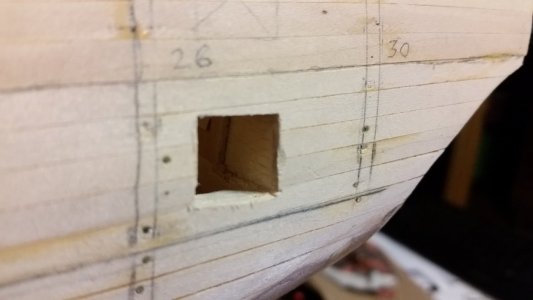Hi all
I am not sure if this is the right place for this but if not I am sure a moderator will put me right
My question is ... what method do members use to cut gunports?
To get them all the same size ?
To get them square ?
To keep them square through the hull ?
I am sure that it is just my bad practice but I don't seem to get it right
Andy
I am not sure if this is the right place for this but if not I am sure a moderator will put me right
My question is ... what method do members use to cut gunports?
To get them all the same size ?
To get them square ?
To keep them square through the hull ?
I am sure that it is just my bad practice but I don't seem to get it right
Andy










